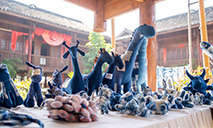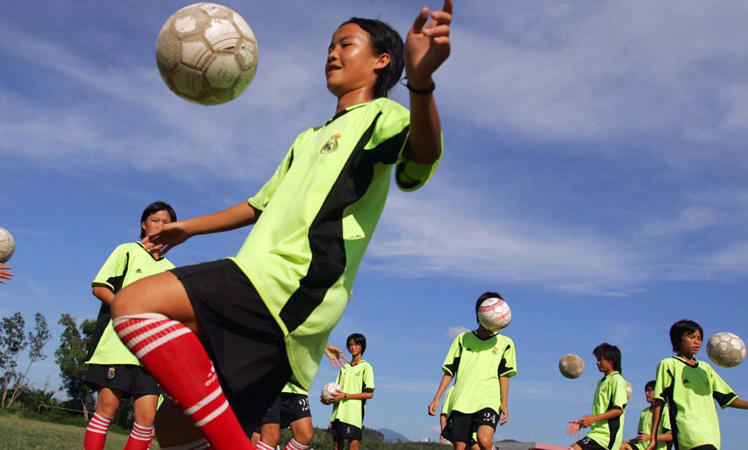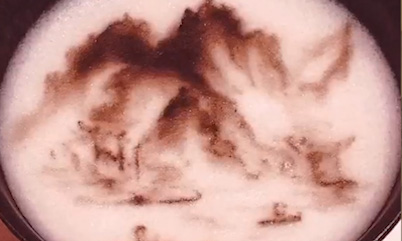School art classes pass on intangible cultural heritages
YINCHUAN, March 15 (Xinhua) -- Although 11-year-old Li Chenxi may not be aware that she has become one of the inheritors of intangible cultural heritage, she has become adept at sewing crafts with batik fabrics in school art class.
The fifth-grader at the No. 2 Primary School in Xingqing District of Yinchuan, capital of northwest China's Ningxia Hui Autonomous Region, is fond of competing with her peers in making tie-dye and batik works, which are shown on school walls and in corridors.
"Color patterns of tie-dye are irregular and bear a casual beauty, while batik can make specific patterns like butterflies and flowers," said Li.
She and her classmates usually combine these two techniques to make dolls and dresses after learning for more than a year.
The school became one of the pilots to introduce intangible cultural heritages into the after-school care services in November 2021. Since then, 1,000 students in the school have taken part in the on-campus art classes, learning tie-dye, batik, and paper-cutting.
Wu Shuyan, an art teacher in charge of the school's tie-dye and batik class, said she went to southwest China's Yunnan and Guizhou provinces to learn from local inheritors of these two intangible cultural heritages in order to open the class at the school.
Since China's implementation of the "double reduction" education policy, which aims to ease the burden of excessive homework and off-campus tutoring for primary and middle school students, many schools have integrated fine traditional Chinese culture into after-school care services.
Some schools tap the potentials of their own teachers while others invite the inheritors of intangible cultural heritage to guide the students.
Second-grader Zhang Lexuan in the school in Yinchuan has found interest in paper-cutting. She folded a piece of paper in half, drew a line with a pencil, and flexibly used scissors to make a paper-cut work of Bing Dwen Dwen, mascot of the Beijing 2022 Olympic Winter Games, in a short time.
She is proud to see her works shown on the school display wall.
When first seeing the rope-weaving works, like owls, butterflies, lotus flowers, lotus pods, and tasseled wall hangings, Huang Yujia, 11, a student with No. 12 Primary School in Yinchuan, was amazed.
"How magic that a piece of string could be actually woven into a flower, and I decided to learn it immediately so that I can make such gifts for my parents and friends," she said.
After a few lessons, the little girl learned to weave lock knots, corn knots, and Chinese knots, and she even creatively made a coaster with dried grass.
"In the after-school art classes, older ones can help the younger. There is so much fun," she said.
Hao Aixin, deputy principal of the No. 12 Primary School, said six art teachers have been involved in drafting a teaching book on rope-weaving to make the after-school class more and more prepared.
Photos
 Enchanted winter scenery of Barkol, NW China's Xinjiang in early spring
Enchanted winter scenery of Barkol, NW China's Xinjiang in early spring Traditional tie-dye products of Buyi ethnic group in Guizhou popular among tourists
Traditional tie-dye products of Buyi ethnic group in Guizhou popular among tourists Girls from mountainous areas in Hainan pursue football dreams
Girls from mountainous areas in Hainan pursue football dreams Chinese artist forms elaborate images using whisked tea foam in revival of Song Dynasty’s cultural splendor
Chinese artist forms elaborate images using whisked tea foam in revival of Song Dynasty’s cultural splendor
Related Stories
- China to protect historical, cultural heritage in urban, rural planning
- Mwalimu Julius Nyerere Leadership School holds inauguration ceremony
- Mask requirements lifted at NYS schools, U.S. House
- Botswanan minister grateful for China-aided primary school
- China to further strengthen protection of historical, cultural heritage
Copyright © 2022 People's Daily Online. All Rights Reserved.






